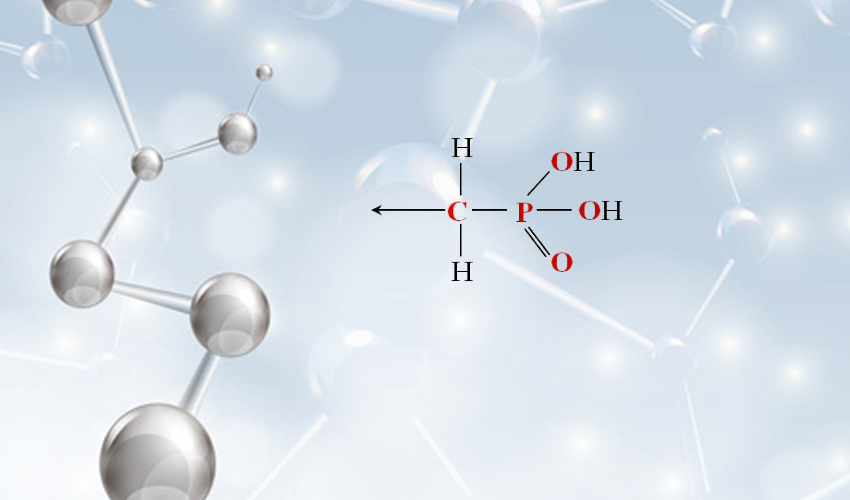Flocculants for Effective Water Treatment and Purification Solutions
Flocculant Chemicals for Water Treatment An Overview
Water treatment is a crucial process in maintaining the quality of water for various uses, including drinking, irrigation, and industrial applications. One of the key components in water treatment is the use of flocculant chemicals. These substances play an essential role in the coagulation and flocculation processes, which help to remove suspended solids and impurities from water. In this article, we will delve deeper into the role of flocculants, their types, functions, and the benefits they offer in water treatment.
What are Flocculants?
Flocculants are chemicals that promote the agglomeration of suspended particles in water, facilitating their removal. The basic mechanism involves the neutralization of charges on particles, which encourages them to bond together into larger aggregates or 'flocs.' These larger particles can then be easily settled or removed through filtration. Flocculants are widely used in various sectors, including municipal water treatment, wastewater management, and industrial processes.
Types of Flocculants
Flocculants can be classified into two primary categories inorganic and organic flocculants
.1. Inorganic Flocculants - Aluminum Sulfate (Alum) One of the most commonly used inorganic flocculants, alum works effectively in neutralizing charges in water, leading to floc formation. - Ferric Chloride This chemical is another effective inorganic flocculant that serves to remove suspended solids and improve the quality of drinking water. - Polyaluminum Chloride (PAC) PAC is known for its efficiency and lower sludge production compared to traditional flocculants.
2. Organic Flocculants - Synthetic Polymers These include cationic, anionic, and non-ionic polymers, which are tailored to specific water treatment needs. They are particularly effective in wastewater treatment applications. - Natural Polymers Derived from plant or animal sources, natural flocculants such as guar gum and chitosan also find applications in water treatment, especially in eco-friendly processes.
flocculant chemicals for water treatment

Functions of Flocculants
The primary function of flocculants in water treatment is to enhance the sedimentation process. By promoting the formation of larger flocs, flocculants enable faster settling, which leads to clearer water at a much quicker rate. Additionally, flocculants can assist in
- Removing Contaminants Flocculants help remove not only solids but also a range of pollutants, including heavy metals, organic compounds, and pathogens. - Improving Water Quality The use of flocculants enhances the overall quality of water, making it safer for consumption and use in industrial processes. - Reducing Chemical Use A well-chosen flocculant can reduce the amount of coagulants needed in the treatment process, leading to cost savings and reduced chemical footprint.
Benefits of Using Flocculants
The benefits of employing flocculant chemicals in water treatment are manifold. They can significantly improve the efficiency of treatment processes, leading to faster sedimentation and higher quality water with lower turbidity. Furthermore, the use of flocculants can lead to cost savings in both chemicals and water disposal. In industrial settings, flocculants can aid in the recovery of valuable materials from wastewater, contributing to sustainability efforts.
Moreover, advancements in technology have led to the development of more effective, environmentally-friendly flocculants. These innovations are essential in the quest for sustainable practices in water treatment, addressing challenges like pollution and water scarcity.
Conclusion
In conclusion, flocculant chemicals are vital components in water treatment processes. Their ability to promote the aggregation of suspended particles not only improves water clarity but also enhances overall treatment efficiency. With a variety of flocculants available, from inorganic to organic options, water treatment facilities can choose the best chemicals suited to their specific needs, ultimately contributing to cleaner and safer water for all. As the demand for high-quality water increases, the importance of effective flocculants in water treatment will continue to grow, ensuring a sustainable approach to managing this precious resource.
-
lk-319-special-scale-and-corrosion-inhibitor-for-steel-plants-advanced-solutions-for-industrial-water-systemsNewsAug.22,2025
-
flocculant-water-treatment-essential-chemical-solutions-for-purification-processesNewsAug.22,2025
-
isothiazolinones-versatile-microbial-control-agents-for-industrial-and-consumer-applicationsNewsAug.22,2025
-
scale-inhibitor-key-solutions-for-water-system-scale-preventionNewsAug.22,2025
-
organophosphonates-versatile-scale-inhibitors-for-industrial-water-systemsNewsAug.22,2025
-
scale-and-corrosion-inhibitor-essential-chemical-solutions-for-water-system-maintenanceNewsAug.22,2025





